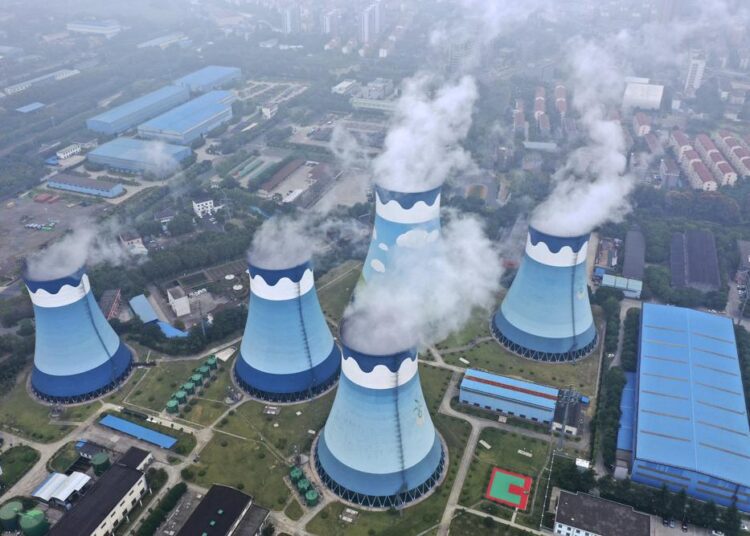Power shortages are turning out streetlights and shutting down factories in China. The poor in Brazil are choosing between paying for food or electricity. German corn and wheat farmers can’t find fertiliser made using natural gas. And fears are rising that Europe will have to ration electricity if it’s a cold winter.
The world is gripped by an energy crunch — a fierce squeeze on some of the key markets for natural gas, oil and other fuels that keep the global economy running and the lights and heat on in homes. Heading into winter, that has meant higher utility bills, more expensive products and growing concern about how energy-consuming Europe and China will recover from the Covid-19 pandemic, according to AP.
The biggest squeeze is on natural gas in Europe, which imports 90 per cent of its supply — largely from Russia — and where prices have risen to five times what they were at the start of the year, to 95 euros from about 19 euros per megawatt hour.
It’s hitting the Italian food chain hard, with methane prices expected to increase sixfold and push up the cost of drying grains. That could eventually raise the price of bread and pasta at supermarkets, but meat and dairy aisles are more vulnerable as beef and dairy farmers are forced to pay more for grain to feed their animals and pass the cost along to customers.
“From October we are starting to suffer a lot,” said Valentino Miotto of the AIRES association that represents the grain sector.
Analysts blame a confluence of events for the gas crunch: Demand rose sharply as the economy rebounded from the pandemic, while a cold winter depleted reserves. Europe’s chief supplier, Russia’s Gazprom, held back extra summer supplies beyond its long-term contracts to fill reserves at home for winter. China’s electricity demand has come roaring back, vacuuming up limited supplies of liquid natural gas, which moves by ship, not pipeline. There also are limited facilities to export natural gas from the United States.
Costlier natural gas has even pushed up oil prices because some power generators in Asia can switch from using gas to oil-based products. US crude is over $83 per barrel, the highest in seven years, while international benchmark Brent is around $85, with oil cartel OPEC and allied countries cautious about restoring production cuts made during the pandemic.
In Italy, the cost of energy to process wheat and corn is expected to go up more than 600% for the three months ending Dec. 31, according to the grain association. That includes turning wheat into flour, and corn into feed for cows and pigs.
Giampietro Scusato, an energy consultant who negotiates contracts for the AIRES association and others, expects the volatility and high prices to persist for the coming year.
High energy prices also seep into bread and pasta production through transport costs and electricity use, which could eventually affect store prices. Dairy and meat sections are especially exposed because prices are low now and farmers may be forced to pass along the higher cost of animal feed to shoppers.
People worldwide also are facing soaring utility bills this winter, including in the U.S., where officials have warned home heating prices could jump as much as 54%. Governments in Spain, France, Italy and Greece have announced measures to help low-income households, while the European Union has urged similar aid.






Discussion about this post